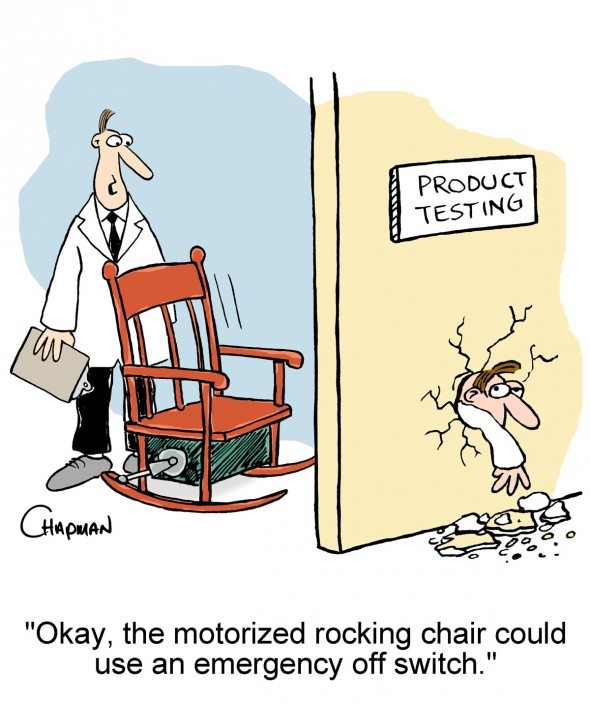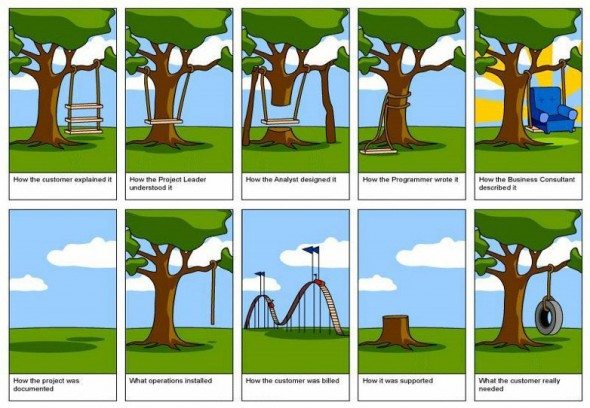
Design For Manufacturing
.
Otis T. Driftwood and Captain Jeffrey Spalding were working on a new design. It was late, shirt sleeved and tired, the subject turned to this design and what might go wrong.
Otis and the Captain developed an experiment that product designers use to identify possible design failures, what the effects of those failures might be, and how the severity of those failures may be remediated or eliminated all together. Their Team was by their own opinion, expert at work-around and getting projects done. Truth be told they were often late to the customer and have had any number of issues.
Captain Spalding famous for his exploration and trips to Africa, studying the Amazon, recently had worked with a number of Master Students at a Local Engineering school. Spalding was an engineer. He was underwhelmed with their invitation to judge a competition, it is an international business competition designed to bring together later stage entrepreneurial companies with local, national and international investors.
The competition showcased the best and brightest new business concepts to investment capital to help foster their growth within the state. The event targeted entrepreneurs with mid-to-late seed-entrepreneurial businesses.
Otis T Driftwood was an MBA. He had attended a small school in New Haven, Connecticut. Otis, the T. stood for Edgar, had developed a list of points that highlighted what engineers might learn from MBAs. (Thanks to Zebulon Solutions Home)
1. Every decision should include a financial aspect. Spec a part; look at the cost. Design a process; look at the cost. It’s not good enough just to say “hey this part functions best.”
2. Look at everything from a total cost of ownership point of view. It’s not just piece part cost, it’s yield, it’s field returns, it’s overhead, it’s inventory tied up on the water.
3. Understand cash flow. This probably should be number one, but it’s tough. If you buy a part in China, have it sit in WIP in a factory for a month then two months on the water, that makes a difference.
4. Learn to calculate IRR. Use it to make financial decisions (1), calculate total cost of ownership (2), and to do an IRR calculation you gotta understand cash flow (3). Hint: IRR = Internal Rate of Return, an ROI type calculation, but better suited for development type projects with uneven cash inlays and outlays. It’s the inverse function of NPV = Net Present Value. And it’s in Excel.
.
After being together for A Night at the Opera Otis openly shared his list with Jeffrey Spalding; not to be out done Spalding produced his own ideas of what B School Graduates might learn from Engineers.
1. What a BOM is (Bill of Materials); what an ECN is (Engineering Change Notice); what EOL is (End of Life).
2. Understanding the age old engineering adage: On time. On budget Works. Pick Two. Engineering is about compromise. And Murphy was an engineer.
3. What a product development schedule really entails, and how to budget and schedule for the real world. Engineers know what it really takes to get a product out the door; they know that real product development involves iterations; and that novel products and technologies take a lot of efforts. Yes DFMEAs and validation testing cost money up front, but they decrease the total cost of ownership and increase customer satisfaction.
4. That engineering is very often about good enough; that no product will be perfect; that compromises are in order. And that saving money does no good if the dang product doesn’t function properly
D FMEAs and P FMEAs lead to control plans which help create operator instructions and eliminate quality issues.
Quality, Safety and Process rule the day.


Leave a Reply